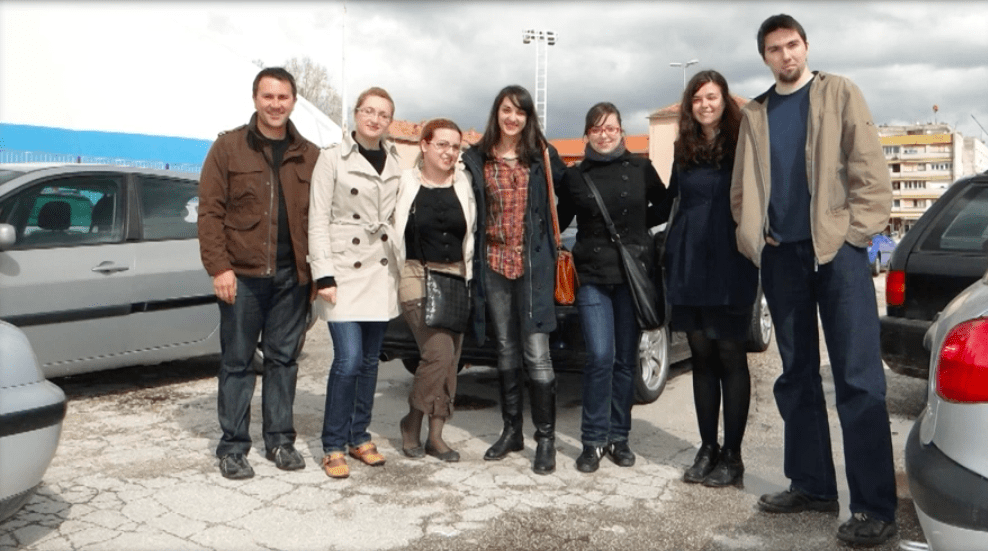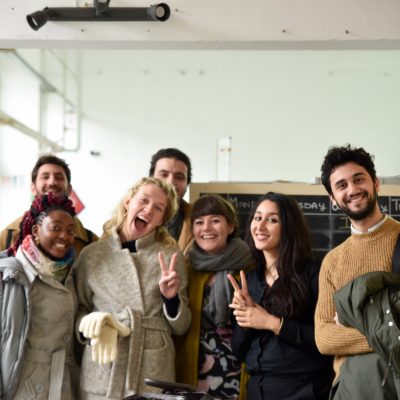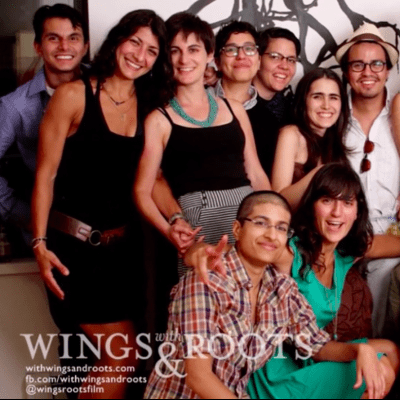Article
Seventeen years after the end of the Bosnian war, some 113,000 people within Bosnia & Herzegovina remained internally displaced, approximately 8,500 of whom lived in facilities referred to in Bosnia as “Collective Centers.” The Internally Displaced Persons (IDPs) living in Collective Centers represented the most vulnerable of the displaced, and they have proven to be among the least successful at reintegrating into the post-war environment and many are believed to suffer from extreme forms of mental and physical challenges.
For policy makers, both in Bosnia and in the larger international community, the issue of enduring internal displacement is especially challenging. The goal for all persons displaced, whether as asylum seekers who have crossed borders or as the internally displaced, is to achieve a durable solution for their predicament. However, questions regarding the precise features of durable solutions remain:
- What services provide a durable solution?
- What prevents certain individuals from achieving durable solutions?
- What can policy makers, the international community, and civil society do to facilitate conditions that foster durable solutions?
The goal for all persons displaced, whether as asylum seekers who have crossed borders or for the internally displaced, is to achieve a durable solution for their predicament.
To gain a more intimate understanding of life in a Bosnian Collective Center, Chad and Aida partnered with their contacts at the United World College in Mostar in order to conduct a qualitative, substantive survey of the residents of Tasovčići Collective Center, a housing area for IDPs on the outskirts of Mostar. They sought and obtained the involvement of six college-aged Bosnians, five of whom are Humanity in Action Senior Fellows (Marija Herceg, Elma Mahmutović Hodžić, Inga Kotlo, Lamija Landžo, and Jasmina Ovčina), to conduct the surveys. In order to further enrich the research, Chad and Aida arranged meetings with individuals who could provide greater insight into the problems faced by Bosnian IDPs, including an instructor at the United World College in Mostar, representatives of the Office of the United Nations High Commissioner for Refugees (UNHCR) in Sarajevo, and the director of the Herzegovina-Neretva Canton Department for Displaced Persons and Refugees.
The survey sought to discover what circumstances the residents believed were necessary in order for them to voluntarily leave the centers.

The survey of Tasovčići’s residents took place over the course of two days. While residents were free to decline participation, 45 of the estimated 95 residents chose to participate in the survey. The interviewers circulated through the camp, either individually or in pairs, and carried out interviews, often in the homes of the residents. The survey posed questions related to demographics (gender, ethnic group, age and marital status), health challenges (mental and physical), and reasons for original displacement. The survey also asked questions related to life in displacement, including whether residents leave the center and what, if any, income they earn. The survey sought to discover what circumstances the residents believed were necessary in order for them to voluntarily leave the centers. Finally, the survey provided residents with an opportunity to identify what improvements they believed could be made to help improve their quality of life at the centers.




